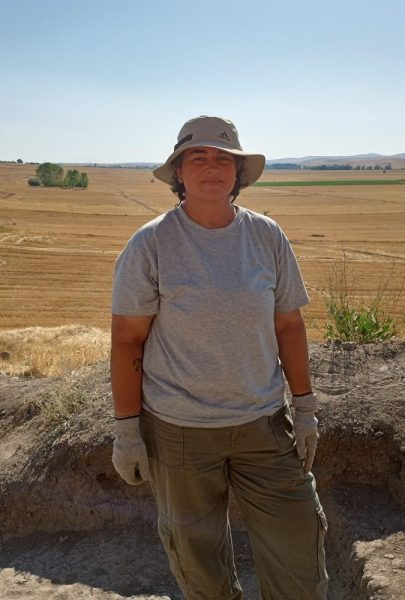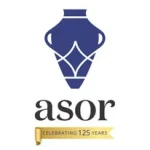
All That Remains at Çadır Höyük
Anjuli Latchmansingh, 2025 Strange-Midkiff Families Fieldwork Scholarship Recipient
Within the village of Peynir Yemez in Türkiye is an archaeological excavation site named Çadır Höyük – an artificial mound that boasts roughly 7,000 years of human history. Evidence of human occupation on the mound comes in many forms. From pottery sherds, burials, and stone walls to glass beads and lithics, this site was once full of human activity. Yet the mound was populated by more than just homo sapiens. Animals of a wide variety were present, and their bones help tell us the human story.
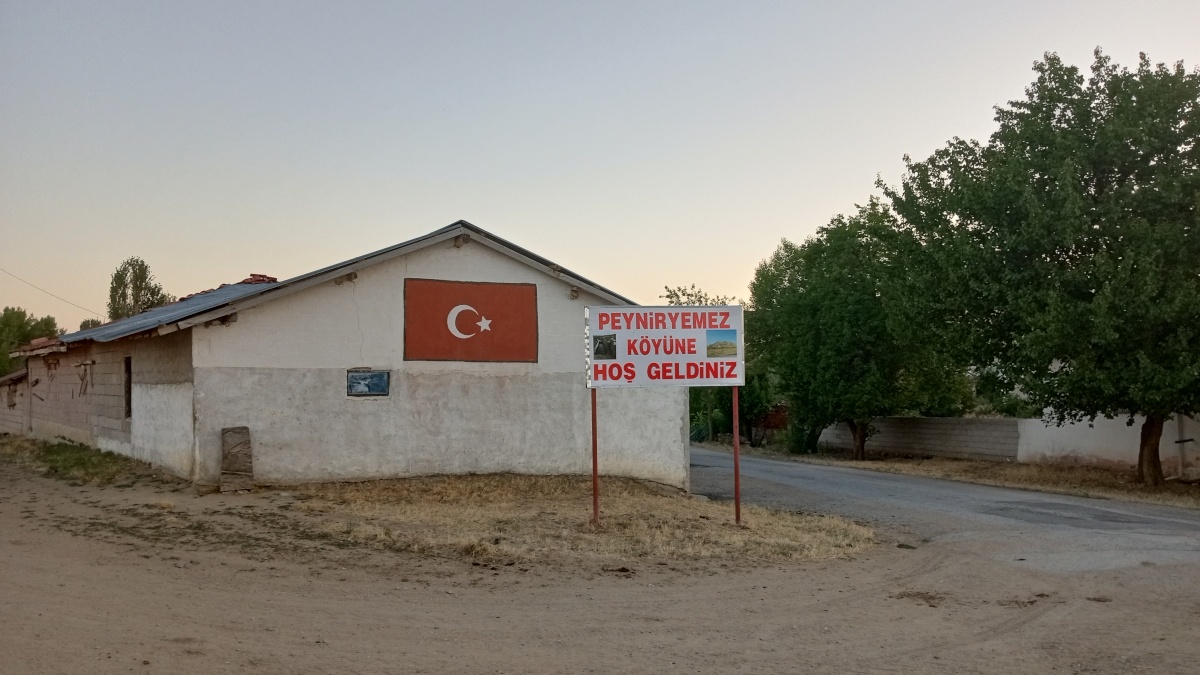
During the summer of 2025, I had the privilege of working at Çadır Höyük with Dr. Sharon R. Steadman (my professor, advisor, and the Project Director of Çadır Höyük) and a wonderful team of specialists, professors, researchers, students, and Turks for about six weeks. We worked six days a week and had Thursdays off – although many of us still found ourselves seated at our lab stations attempting to make the most of our fleeting time there. The days were long and hot. I spent my mornings in the field excavating and my afternoons in the lab analyzing faunal remains. For the season, I would be working by myself with faunal remains. I had spent the beginning of the year teaching myself about animal anatomy and specifically researching the species of animals that have been previously recorded at the site in preparation for this project.
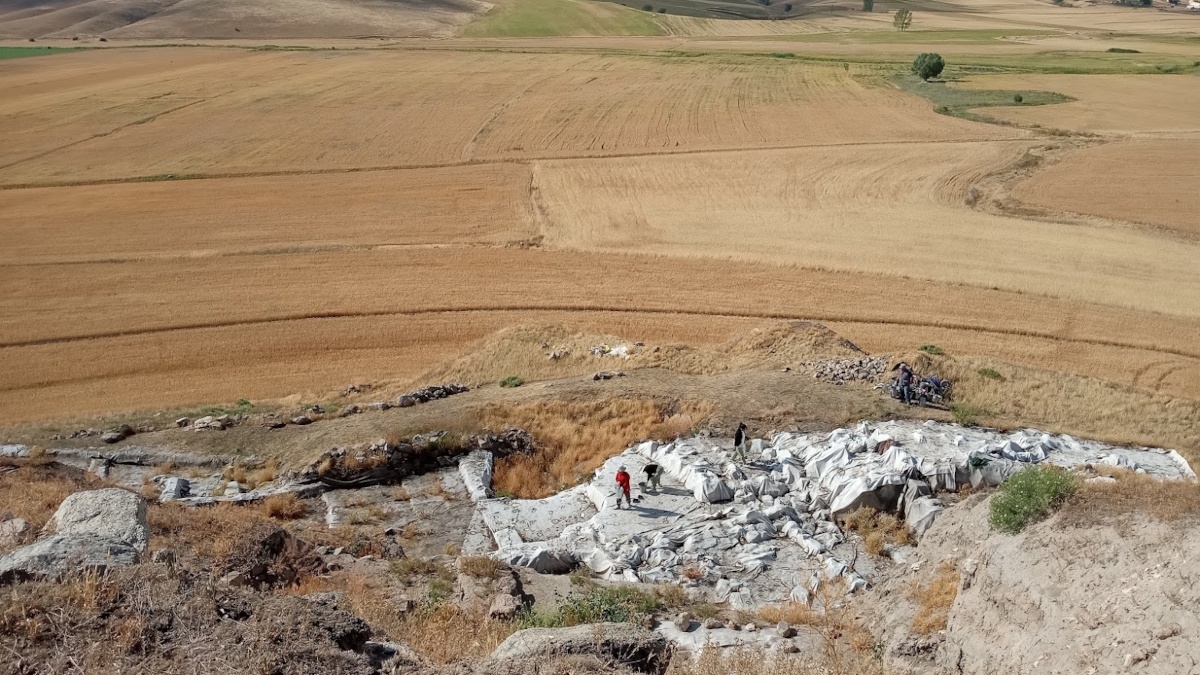

Not long after arriving at the site, a database and its recording protocol was sent to me created by Dr. Benjamin Arbuckle who published several works regarding faunal analyses at Çadır Höyük. Dr. Arbuckle has been an integral part of the project as the Assistant Director since 2009. His publications and the recording sheets he sent were extremely helpful because I did not even know where to start or what to look for in terms of documenting. My education has been solely focused on human bones – identifying, classifying, measuring, determining pathology and trauma, and so forth. This summer, I excavated and evaluated hundreds of bones, but the vast majority of them were from animals. The exciting thing about animal bones is that not only are they all so incredibly different from kingdoms down to specific species, but even within species so much variation still exists. I honestly do not know how zooarchaeologists are able to store all that information in their heads. It is quite impressive! Taking on Dr. Arbuckle’s database was challenging, important work for which I have great respect.
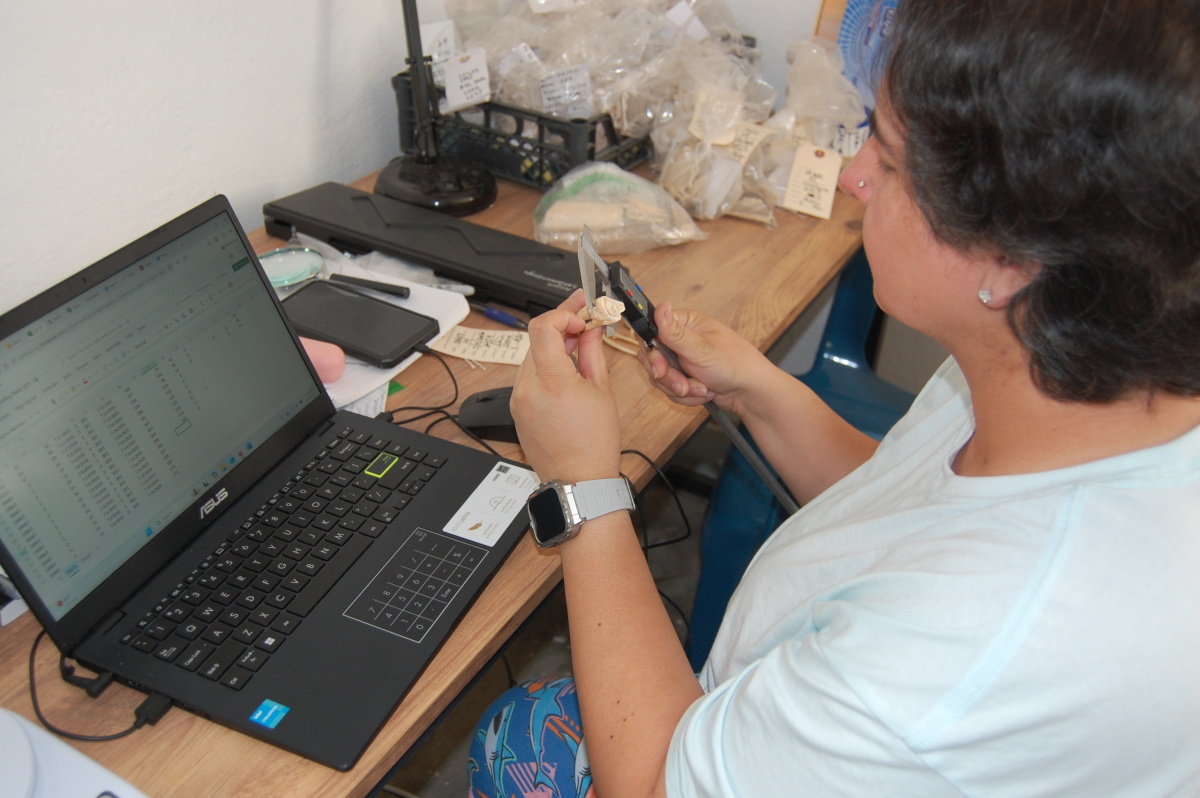
Animal bones differ from human bones in many ways. To give you an idea, animals tend to have many of the same bones that humans have but the shapes of those bones vary. This is in part because some become fused together, like a radius and ulna. Also, some animal bones are more curved or twisted because their muscles attach differently. Bird bones are mostly hollow, making them light enough to take flight. There are caudal vertebrae which make up animal tails, phalanges of hoofed animals, tusks, and a wide array of tooth types. Then there are horns or antlers or carapaces and plastrons to consider – because when you study the nonliving EVERY remnant is an important clue. All these unique traits are actually little hints that zooarchaeologists find and put together to create a complete picture of the animals that were present.
Identifying the animal is only the first step. From this information, we can find MNI, NISP, look for age, sex, signs of trauma, and pathology. Then we can infer much more, such as butchering methods, husbandry, and timelines of domestication and agriculture. All of this informs archaeologists of the people of the past. Much of my time in the lab was spent interpreting the remains and recording the data. Despite my best efforts, there are still a lot of bones to be identified and recorded. So, next summer, the work will continue.
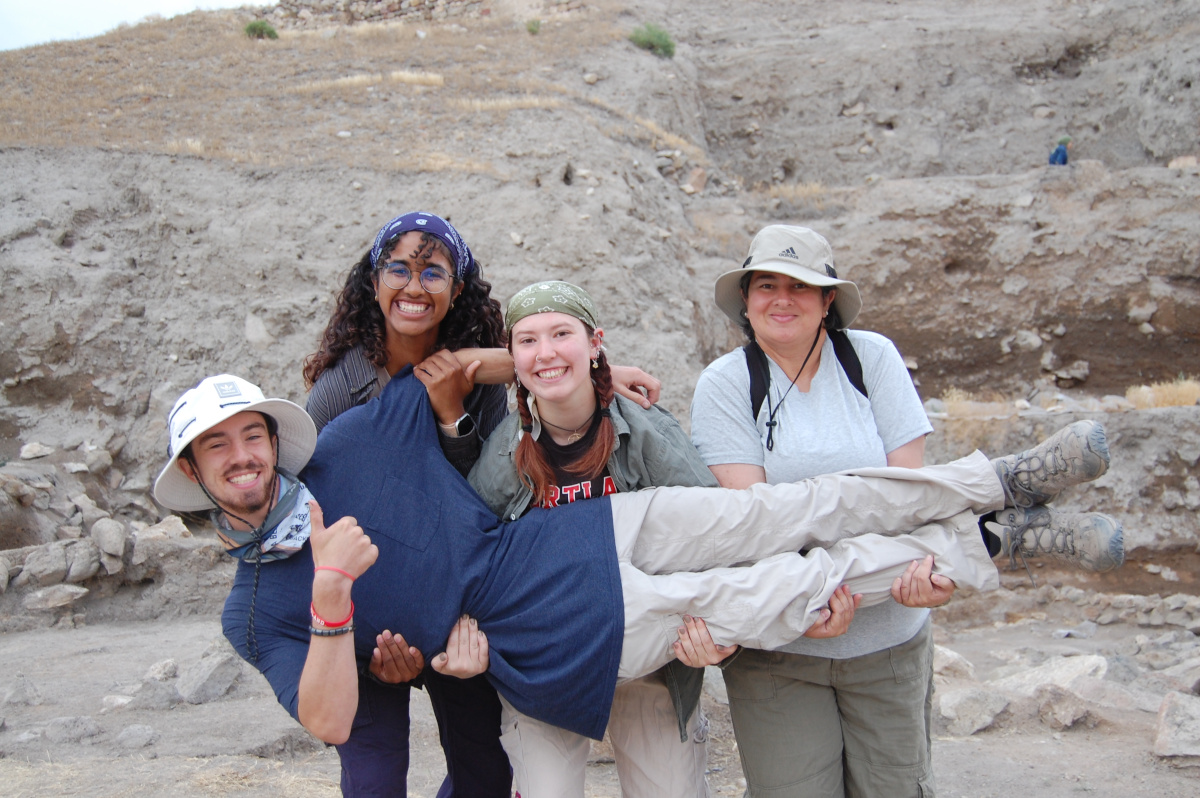
From beginning to end, I had the opportunity to work with a wide range of people from all over the world, each driven by different motivations. All had gravitated to this same small spot on our planet to come together for a season in a small village in central Türkiye to dig. And though I hope to meet and network with many of these professionals in the future, the Turkish people hold a special place in my heart. My time in Peynir Yemez was certainly a unique experience and I will cherish the friends and memories I have made. I will take with me the lessons I learned both in the field and the lab and use them in my next excavation experience. Understanding animal remains and being able to identify them will prove useful in my future endeavors by allowing me to understand relationships between persons and pets and sacrifices. It is my hope that the work I completed at the site proves useful in the future. I am grateful to have played a part in the research at Çadır Höyük in the summer of 2025.
